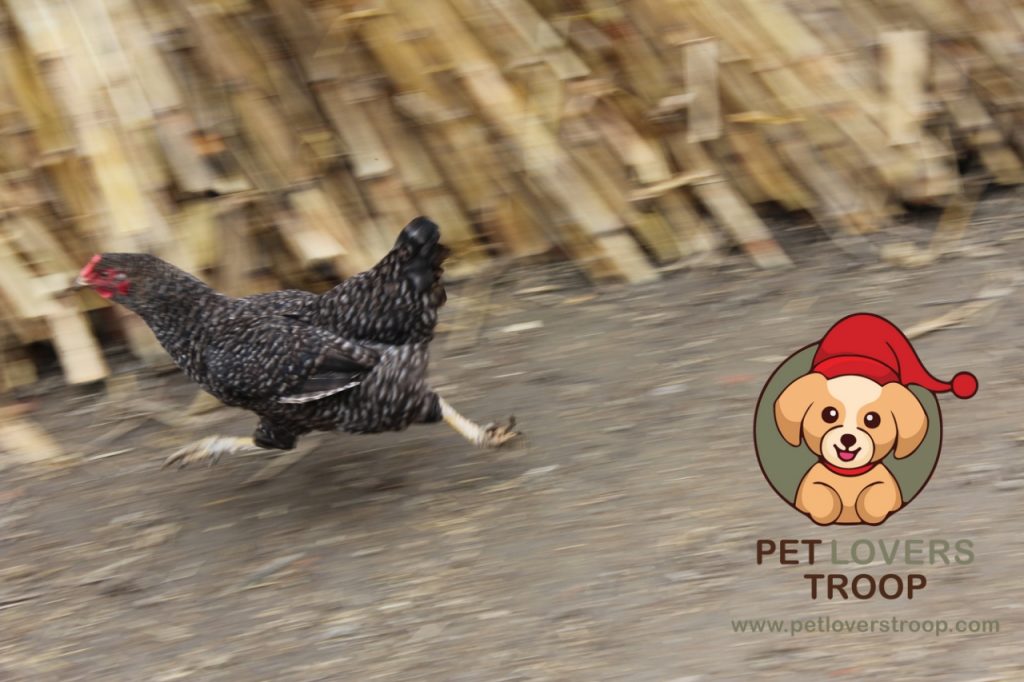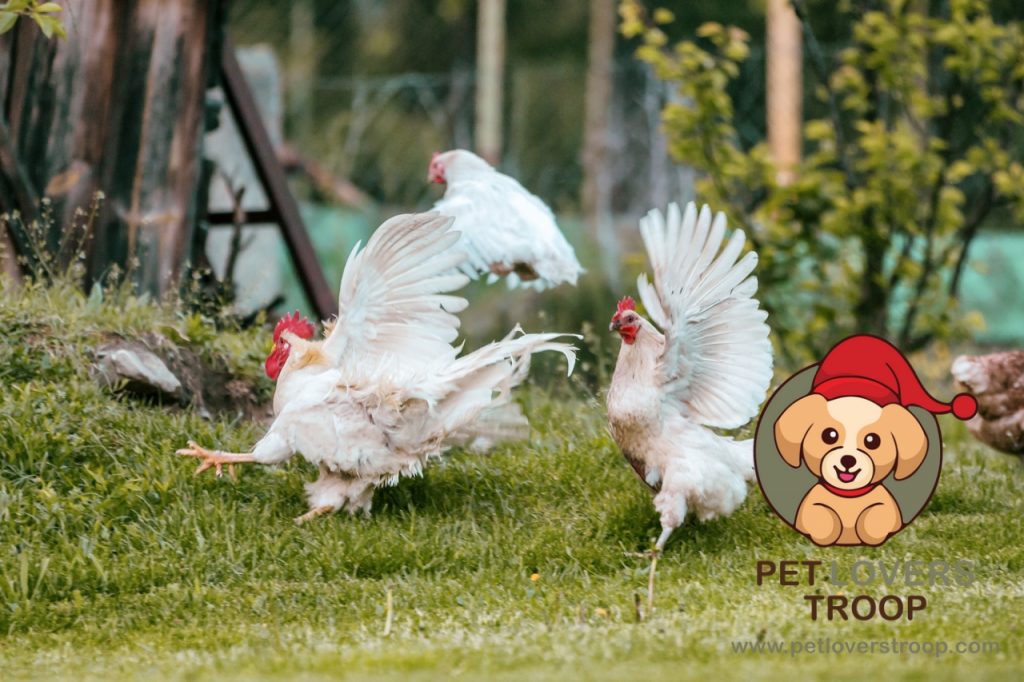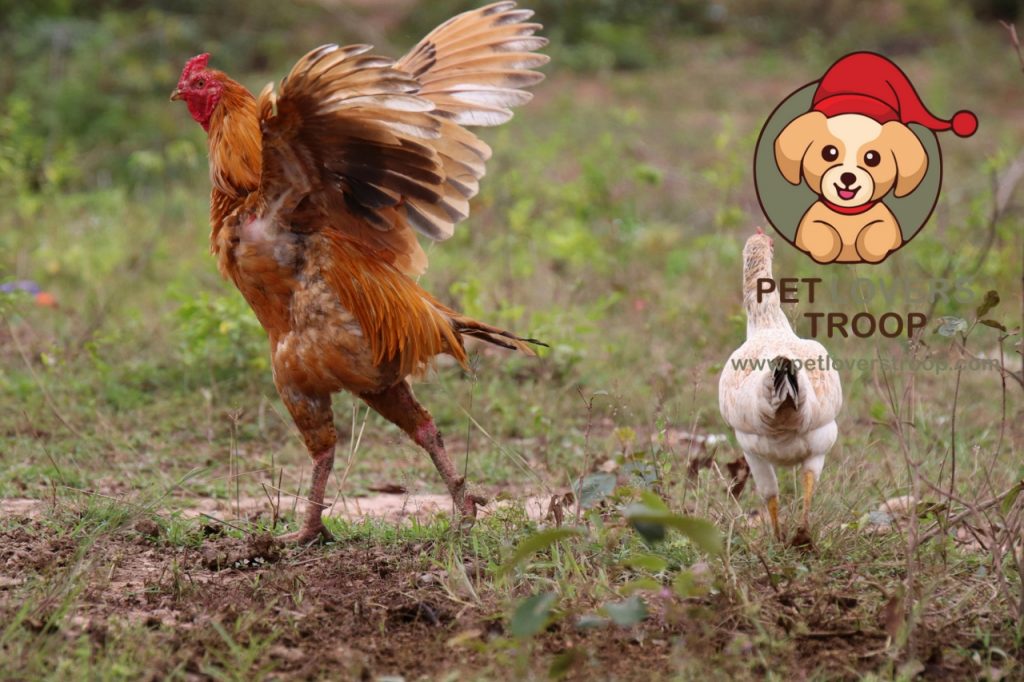When Lisa brought home her first flock of hens, she thought keeping them safe would be simple. A little coop, some chicken wire, and a sliding latch seemed enough. She loved watching them scratch around the yard and listening to their soft clucks at sunset.
But one hot July night all this happened. She awoke to a clatter there, ran out into the yard and stood still. There were feathers on the grass, and half the door of the coop was open. A raccoon had slipped the latch that had been built in with him. By morning, Lisa had lost half her flock.
That was her wake-up call to the tough reality that predator attacks on chickens are going to be a constant possibility. Foxes, raccoons, hawks, stray dogs, you name it, they’re all eyeing your flock. But here’s the thing nobody tells you at first: you can stack the deck in your favor.
A few practical defenses, plus the kind of common sense old farmers swear by, can make the difference between waking up to chaos and sipping your coffee in peace.
That’s what this guide is about. We’ll talk about identifying common chicken predators, setting up the best predator-proof chicken coop designs, and a handful of low-tech but effective tricks, like motion sensor lights and guard animals for protecting chickens.
Read more: Basic Chicken Care: A Beginner’s Guide to Raising Healthy Hens- July 2025
Whether you’ve got three backyard hens or a dozen layers on a homestead, these tips will help you sleep a whole lot easier.

The Truth About Predator Attacks on Chickens
Predator attacks on chickens can happen in any backyard or farm, no matter how careful you are. Raccoons, foxes, hawks, and even stray dogs see hens as easy prey. The damage is often quick and heartbreaking, especially if the coop has weak points.
Knowing which predators are common in your area and strengthening your defenses is the first step toward keeping your flock safe.
Read more: Pet First Aid Basics: Essential Knowledge for Every Dog Owner -August 2025
How to Keep Chickens Safe From Predators
The key to stopping predator attacks on chickens is layering protection. Start with a strong coop built with hardware cloth instead of chicken wire, add secure latches, and close it every night. Motion sensor lights and overhead netting work well too.
For extra security, consider a guard animal like a goose or livestock dog. Combining several methods makes your flock much harder to target.
Read more: Nail Trimming for Pets: How to Safely Trim Your Pet’s Nails at Home-August 2025
Identifying Common Chicken Predators
All predators leave calling cards. Once you learn to interpret the signs, you will know what you are dealing with and how to react.
- Raccoons: These little bandits are smarter than you’d like to admit. They’ll fiddle with latches, climb, and even dig.
- Foxes: Quick, sly, and efficient. They usually strike at dawn or dusk, often leaving just a puff of feathers.
- Hawks & Owls: Daytime swoopers and nighttime ambushers. A free-ranging hen is an easy target.
- Coyotes & Dogs: Coyotes usually kill for food; dogs, unfortunately, often chase and kill for sport.
- Weasels & Minks: Tiny but deadly. They can squeeze through a hole the size of a coin and sometimes wipe out a flock in one night.
- Snakes: More of an egg thief than a chicken killer, but still a nuisance.
For example, I once lost a pullet with no feathers left behind. Turned out a hawk had snatched her mid-afternoon. Another time, three hens were found dead but untouched, classic weasel behavior. These clues matter.
The predator you’re dealing with shapes the kind of defenses you’ll need.
Best Predator-Proof Chicken Coop Designs
Think of the coop as your flock’s castle. By day, chickens can scatter, run, or hide. At night, they’re blind and helpless, which means the coop is the only thing standing between them and trouble.
Here’s what I’ve learned about building the best defense for predator attacks on chickens is coop designs:
- Use real lumber, not flimsy panels: A raccoon can chew through soft wood faster than you’d expect.
- Secure latches: If a five-year-old can open your coop, so can a raccoon. Spring locks, padlocks, or even a carabiner clip work.
- Hardware cloth is king: Forget chicken wire. It’s basically tissue paper to a determined predator. Go with half-inch hardware cloth on every vent, window, and run.
- Dig down: Foxes and dogs love to tunnel. A foot of buried wire, or better yet, a wire apron fanned out around the coop, stops them cold.
- Roof the run: Hawks and owls won’t hesitate to swoop into an open pen.
Read more: How to Predator-Proof Your Chicken Coop and Keep Your Flock Safe
A tip most folks overlook: check the floorboards. I’ve seen weasels slip through a two-inch gap that nobody noticed. Walk around the coop at night with a flashlight, if light escapes, so can predators.

Nighttime Protection for Backyard Chickens
Chickens are nearly blind in the dark. Once the sun sets, they’re sitting ducks. That’s why nighttime protection for backyard chickens is where your focus should be.
Some routines that actually work:
- Close the coop door yourself every night, or get an automatic door if you can’t always be home.
- Install motion sensor lights. Predators rely on darkness, and sudden light spooks most of them.
- Add noise deterrents like a cheap radio left playing quietly near the coop. Strange sounds make predators uneasy.
- Double-check latches. One loose hook is all it takes.
Predator attacks on chickens are persistent. After experiencing the success they will continue to come back. This is why it is better to use multiple defenses instead of a single device. Imagine doing something such as locking your front door, leaving the alarm on, and leaving a porch light on.
Read more: Fleas and Ticks in Pets: How to Prevent and Treat Infestations – June 2025
Secure Fencing for Chicken Runs
If you let your hens free-range, you’ve got a bigger challenge. Wide-open spaces are paradise for hawks and foxes. Still, a well-built run with secure fencing for chicken runs can reduce most risks.
Here’s what works in practice:
- Sturdy fencing, at least 6 feet tall. Anything lower is an invitation for coyotes and stray dogs.
- Bury it deep. A foot underground or bent outward in an apron shape stops diggers.
- Electric fencing. It sounds extreme, but one zap teaches predators to keep their distance.
- Overhead netting. Not pretty, but it saves hens from aerial attacks.
Some keepers I know swear by rotating runs so predators don’t learn the pattern. Others keep their coops close to the house, where human presence is a deterrent by itself.
Read more: How to Choose the Right Dog Collar: A Comprehensive Guide for Pet Owners- August 2025
Using Motion Sensor Lights to Deter Predators
Of all the tricks I’ve tried, using motion sensor lights to deter predator attacks on chickens might be the simplest yet most effective.
Raccoons, foxes, even the occasional stray dog, they all depend on shadows. A sudden floodlight flips the script. I once watched a raccoon freeze like a deer in headlights before darting off.
If you’re adding them, remember:
- Spread lights around the whole perimeter, not just one side.
- Angle them outward so they catch intruders before they reach the coop.
- Solar-powered models are cheap and save on wiring headaches.
Read more: Basic Chicken Care: A Beginner’s Guide to Raising Healthy Hens- July 2025
Are they perfect? No. But combined with other defenses, they’re a solid piece of the puzzle.

Guard Animals for Protecting Chickens
Some folks prefer gadgets. Others lean on nature. Guard animals for protecting chickens have been used for generations, and with good reason.
- Livestock guardian dogs: Breeds like Great Pyrenees don’t just bark; they patrol and protect. With training, they’re amazing.
- Geese: Loud, territorial, and not afraid to throw their weight around. They’re nature’s alarm system.
- Donkeys: On bigger properties, donkeys deter coyotes and stray dogs surprisingly well.
- Roosters: Not exactly guard dogs, but a brave rooster will alert the flock and sometimes fight off small threats.
Naturally, each of the options is caveated. A goose is a handful with children and not all dogs are programmed to protect flocks. Nevertheless, when selected wisely, guard animals provide a living breathing layer of defense technology that can never be matched.
Read more: The Benefits of Pet Insurance: Is It Worth It? – March 2025
Conclusion
Here’s the plain truth: you’ll never make your flock 100% safe. Predator attacks on chickens are clever, persistent, and always hungry. But you can make your chickens far less appealing as a target.
Good fencing, a firm coop, over-layered nighttime security, motion sensor lights, possibly even an honest dog, or honking goose, all of this adds up. The result? You have time to watch your hens scratch in the dirt, cluck happily, and lay those golden-yolked eggs without worrying all the time about what might happen to you by nightfall.
Take ten minutes tonight. Walk your fence line. Test your latches. Look for weak spots. The peace of mind you’ll earn tomorrow morning, when the hens come strutting out safe and sound, is worth it.
FAQs
1. How can I keep chickens safe from predators at night?
Use a sturdy coop with hardware cloth, lockable latches, and an automatic door. Add motion lights as a bonus layer.
2. Is chicken wire enough for predators?
No. Chicken wire keeps birds in but doesn’t stop raccoons or foxes. Always go with hardware cloth.
3. Do dogs really protect chickens?
Yes, but only trained livestock guardian breeds. Pet dogs can be more of a risk than a help.
4. What’s the biggest mistake new chicken keepers make?
Thinking predators won’t strike “this time.” They always come back. One weak spot is all it takes.

